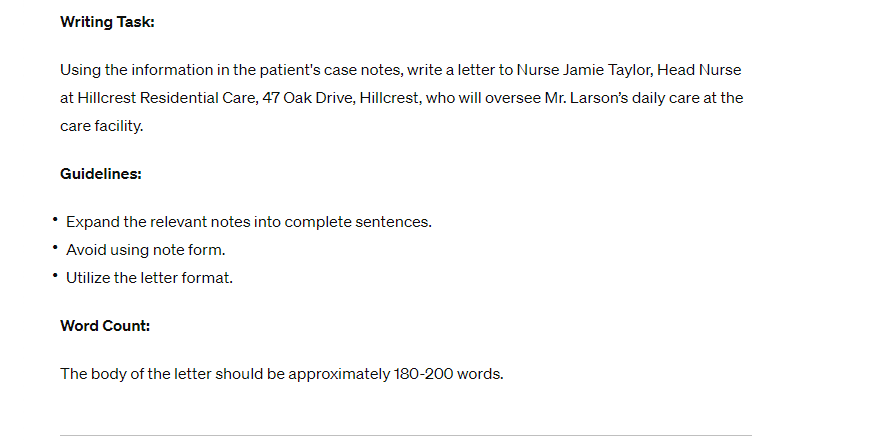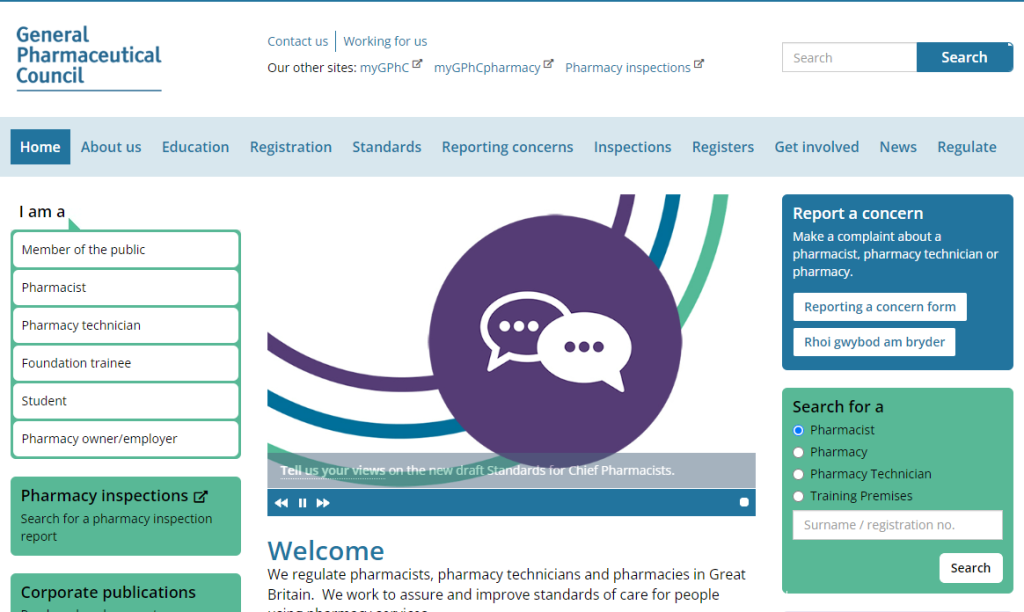The Occupational English Test (OET) Writing sub-test is tailored for healthcare professionals and is markedly different from the essay-based writing tasks of IELTS and PTE. It assesses the ability to effectively communicate in a professional healthcare setting. In this test, candidates are required to draft a letter, often a referral, based on case notes. Here’s how to approach this task and excel.
Understanding the Task The key to the OET Writing task is the prompt, which specifies who you are writing to and why. The prompt or ‘task’ is your roadmap for selecting relevant case notes and structuring your letter. If the recipient knows the patient, the focus is on updates and specific requests. If not, a comprehensive introduction to the patient’s condition is necessary.
Strategy for Writing A strategic approach to the OET Writing sub-test is paramount. The following methodical steps are designed to guide beginners through the task:
- Selecting Case Notes:
- Identify Relevance: Understand the task to choose pertinent details.
- Avoid Distractions: Disregard irrelevant notes to maintain focus.
- Organising Case Notes:
- Structure Your Letter: Arrange information into clear, themed paragraphs.
- Flow of Information: Start with an introductory sentence, followed by the main and secondary issues, additional relevant details, and the request.
- Transforming Case Notes:
- Paraphrase Wisely: Direct copying is prohibited; instead, rephrase the notes into a coherent narrative.
- Tell the Patient’s Story: The letter should flow as a narrative that makes sense to the reader.
Crafting the Letter Your OET letter should follow a structure that enhances readability and clarity:
- Introduction: Briefly state the purpose of your letter and the main issue.
- Body: Elaborate on the main medical or social issue, followed by secondary concerns.
- Additional Information: Include any pertinent information that may aid the recipient in understanding the patient’s situation better.
- Conclusion: Clearly articulate your request to the recipient, often concerning the patient’s management plan.
Practice and Feedback The importance of practice cannot be overstated. Write practice letters and seek feedback from knowledgeable sources or use resources like OET Beginner Writing.
OET Writing Tips
- Clarity Over Creativity: Stay precise and relevant.
- Know Your Reader: Tailor your content to the recipient’s specialty.
- Adherence to Word Count: Keep within the 180-200 word limit.
Conclusion Mastering the OET Writing sub-test requires understanding the task, selecting the right information, organizing it effectively, and presenting it as a clear narrative. By following these steps and incorporating feedback, success is within reach.
Resources and Further Reading For more tips and test dates, explore the following resources:








Leave a Reply